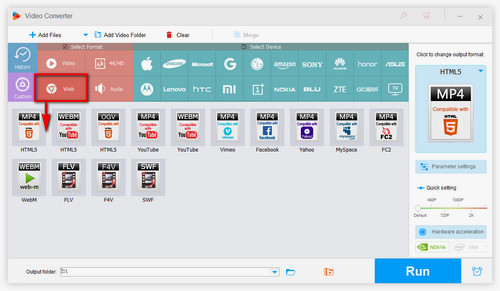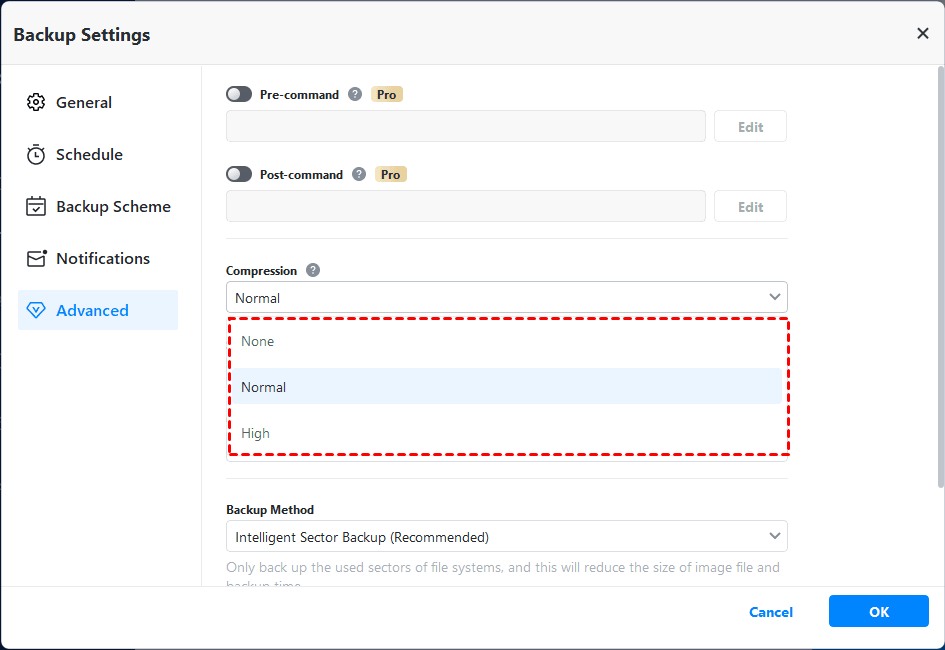
There are millions of shades of colors, and transform encoding takes colors that have similar shades and makes them one single value. Transform encoding is a lossy compression commonly used for JPEGs. Normally, the data for it would be written as Much smaller and simpler while still keeping the data unaltered. Say you have a picture of red and white stripes, and there are 12 white pixels and 12 red pixels. Run-length encoding is a form of lossless compression that takes redundant strings or runs of data and stores them as one unit. It uses a combination of LZ77 and Huffman coding to achieve compression results that do not affect the quality of the image. Deflateĭeflate is a lossless data compression algorithm used for PNG images. These algorithms, or variations of these algorithms, are also what is used in image compression tools and services. Now that we've discussed various image formats, the following explains a few image compression methods used to achieve either lossless or lossy compression. The example below shows a comparison between GIF images which range from 8 colors to 256 colors. The best use for GIFs are for images that are animated.

If the photo has more than 256 colors (the maximum amount of colors older computers could have) this format will make the image look less appealing. GIF compresses files by reducing the number of colors it has. The same degradation applies if you save a JPG multiple times. There are however programs out there that rotate a JPG losslessly. This is because the photo has to recompress itself with every rotation, losing some data in the process. If you rotate the JPG too much, you'll notice a difference in quality. There are also other ways a JPG image's quality may be reduced. A normal amount of compression will not be noticeable, while extreme compression may be obvious.

JPGĪlso known as JPEG, this format gets rid of bits and pieces of a photo that you may notice depending upon the level of compression you apply. Here are the two main types of lossy compression. However, this doesn't mean the photo will look bad. In order to give the photo an even smaller size, lossy compression discards some parts of a photo. It should also be noted that converting a lossy photo back to lossless won't restore the photo's data.
#Image compression software for websites professional#
RAW files have no compression and are great if you're a professional photo editor. For example, in a DSLR camera, you probably have the option to save photos as either RAW or JPEG. Lossless compression is a method used to reduce the size of a file while maintaining the same quality as before it was compressed. There are two kinds of image compression methods - lossless vs lossy.
This post is all about explaining various image compression methods to help you come to a decision regarding which compression method is best suited for your particular use case. You may have even asked yourself questions such as, "What is image compression?" or "How does image compression work?". If you're interested in photography, or have a website, you might have heard about image compression.


 0 kommentar(er)
0 kommentar(er)
